Introduction
As a dog parent, you want your fur baby to be happy, healthy, and looking their best. A shiny, healthy coat isn’t just about looks—it’s a sign your dog is feeling good on the inside too! But if your pup’s coat has lost some of its luster, don’t worry. With just a few simple changes, you can help get that shine back. Let’s dive into three easy ways to keep your dog’s coat in tip-top shape.
1. Feed Your Dog a Nutrient-Rich Diet

One of the most important factors in keeping your dog’s coat shiny and soft is their diet. Just like humans, dogs need the right balance of nutrients to look and feel their best.
The Importance of Balanced Nutrition
You are what you eat, right? Well, the same goes for your dog! A balanced, nutrient-rich diet does wonders for your dog’s coat. If your pup’s diet lacks essential nutrients, their fur might become dull, dry, and even start to shed more than usual.
Essential Nutrients for a Healthy Coat
What nutrients make a difference in your dog’s coat health? The key players include:
- Omega-3 and Omega-6 Fatty Acids: These healthy fats are amazing for your dog’s skin and coat. They help reduce inflammation, prevent dryness, and promote a soft, shiny appearance.
- Proteins: Since hair is made of protein, it’s no surprise that your dog needs plenty of it to keep their coat strong and healthy.
- Vitamins (A, E, and B): These vitamins play an essential role in skin health and fur regeneration, helping to repair damaged hair and encourage growth.
Choosing the Right Dog Food
When shopping for dog food, look for options that list high-quality proteins and healthy fats as the main ingredients. Both wet and dry food can work, but pay attention to the ingredients. If you're not sure which food is best for your dog, a quick chat with your vet can point you in the right direction.
The Role of Supplements in Improving Coat Health
Sometimes, even the best diet needs a little boost. That’s where supplements come in. Fish oil and coconut oil are popular for supporting skin and coat health. But before adding any supplements to your dog’s routine, consult with your vet to ensure they’re safe and appropriate for your pup’s needs.
2. Regular Grooming and Brushing

Grooming isn’t just about keeping your dog looking cute; it’s also crucial for their overall health, especially when it comes to their coat.
Why Grooming Is More Than Just Keeping Your Dog Clean
Brushing your dog’s coat regularly helps remove dead hair and dirt, stimulates their skin, and encourages healthy hair growth by boosting blood circulation. It’s like giving your dog a mini spa day every time you groom them.
How Often Should You Brush Your Dog’s Coat?
The frequency of brushing depends on your dog’s breed and coat type. For instance, dogs with long hair like Golden Retrievers might need brushing daily, while shorter-haired breeds, like Beagles, can go a few days between sessions.
Best Grooming Tools to Use
There are so many grooming tools out there, but here’s a quick guide:
- Slicker brushes: Great for removing tangles and loose fur.
- De-shedding tools: These can help reduce shedding by reaching the undercoat.
- Combs: Perfect for finishing touches and detangling knots.
Bathing Your Dog Properly
Regular baths are essential too. Just be careful not to overdo it—bathing your dog too often can dry out their skin. Aim for once a month unless your dog gets particularly dirty. When you do bathe your pup, choose a gentle shampoo and conditioner designed for dogs to avoid stripping their skin of natural oils.
3. Keep Your Dog Hydrated

Hydration is key to keeping your dog’s coat shiny. If your dog isn’t drinking enough water, their skin might dry out, leading to a dull coat and even dandruff.
Why Hydration Impacts Coat Health
Water keeps your dog’s skin and fur moisturized from the inside out. When your dog is dehydrated, their coat can become brittle and lose its shine.
Signs Your Dog Might Be Dehydrated
Look out for signs like dry gums, sunken eyes, or a lack of energy. If you notice any of these, it might be time to boost your pup’s water intake.
Tips for Encouraging Your Dog to Drink More Water
- Add a little water to their food, especially dry kibble.
- Consider a pet water fountain. Dogs are often more inclined to drink from moving water.
Common Coat Problems and How to Address Them
Even with the best care, your dog might encounter some coat issues from time to time.
Dry Skin and Dandruff
Dry, flaky skin can be a sign of dehydration, allergies, or even the wrong shampoo. A humidifier in the home and proper grooming can help ease this issue.
Excessive Shedding
While some shedding is normal, excessive shedding might indicate a deeper problem, like poor diet or stress. Make sure your dog is getting the right nutrients and isn’t experiencing any major changes in routine.
Itchy, Irritated Skin
Itchy skin can result from allergies, parasites, or skin infections. If you notice your dog scratching more than usual, a trip to the vet is the best way to rule out any serious issues.
The Role of Exercise in Coat Health
Getting your dog moving is another way to promote a shiny coat. Exercise increases blood flow, which nourishes the skin and fur. Plus, regular playtime keeps your dog’s stress levels down, and less stress means a healthier coat.
Playtime Ideas to Get Your Dog Moving
- Daily walks or jogs
- Fetch games in the yard
- Interactive toys that keep your dog mentally stimulated
Consulting Your Vet for Persistent Coat Issues
If your dog’s coat remains dull or you notice persistent problems despite your best efforts, it might be time to consult a vet. There could be an underlying health issue, like allergies or a hormonal imbalance, affecting their coat.
When to Seek Professional Advice
If you notice bald spots, constant itching, or an unusually greasy or dry coat, your vet can help pinpoint the cause and recommend treatments or dietary changes.
Conclusion
In summary, a shiny, healthy coat comes down to three main factors: a balanced diet, regular grooming, and keeping your dog hydrated. By sticking to these simple steps, you can help your dog not only look great but feel their best too.
FAQs
How often should I groom my dog to keep its coat healthy?
For most dogs, a good brushing session a few times a week will do. However, dogs with longer coats might need daily grooming.
Are there any human foods I can give my dog to improve coat health?
Yes! Foods rich in Omega-3s, like salmon and flaxseed, can help, but always consult your vet before introducing new foods.
How do I know if my dog’s dry coat is related to its diet?
If you’ve ruled out other factors like grooming and hydration, consider discussing a change in diet with your vet. They can recommend foods or supplements to support coat health.
Can seasonal changes affect my dog’s coat?
Absolutely! Dogs often shed more during seasonal transitions, so you may notice a difference in their coat.
What should I do if my dog’s coat doesn’t improve despite following these tips?
If your dog’s coat isn’t improving, it’s best to consult your vet. There could be an underlying health issue that needs attention.


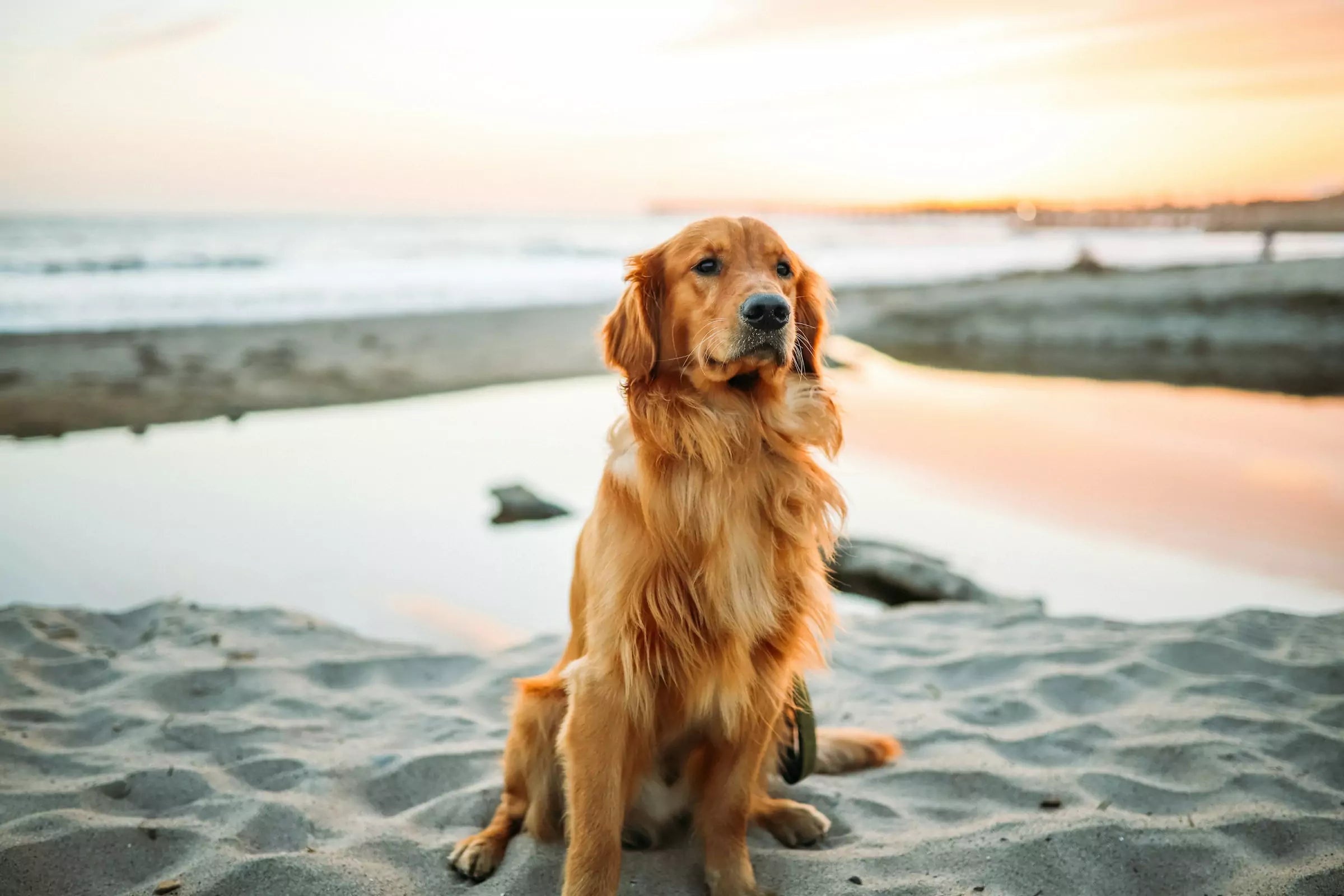
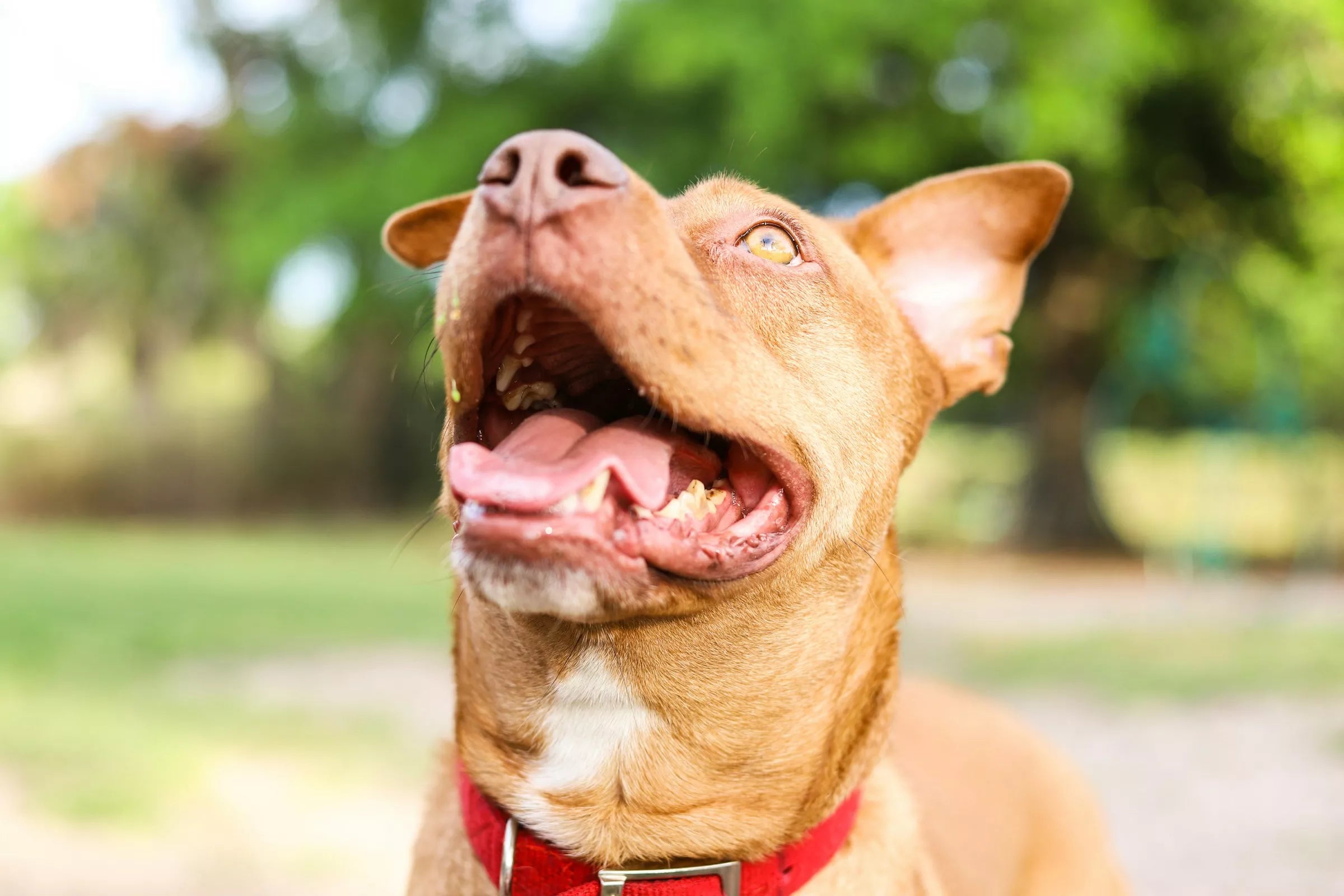
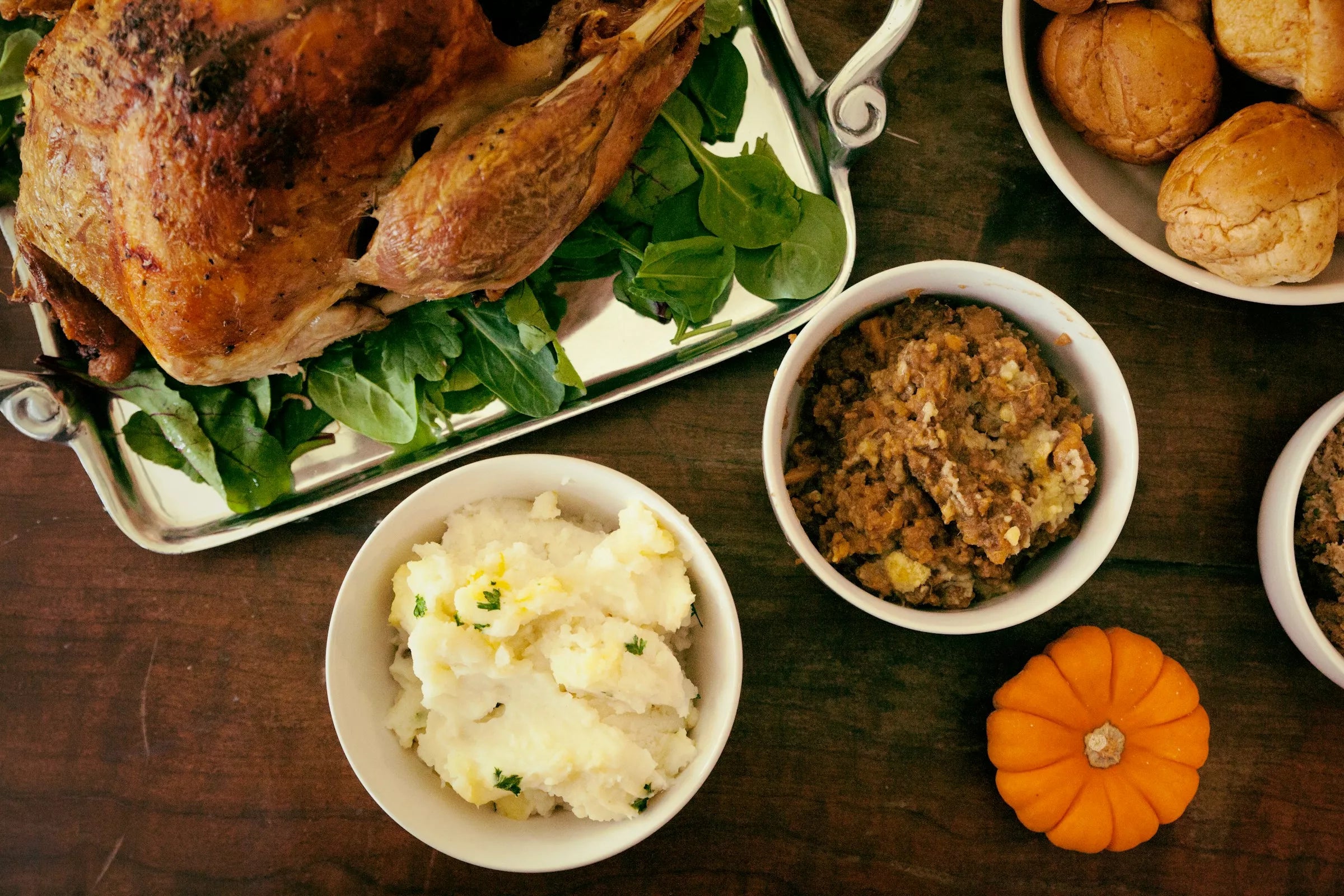

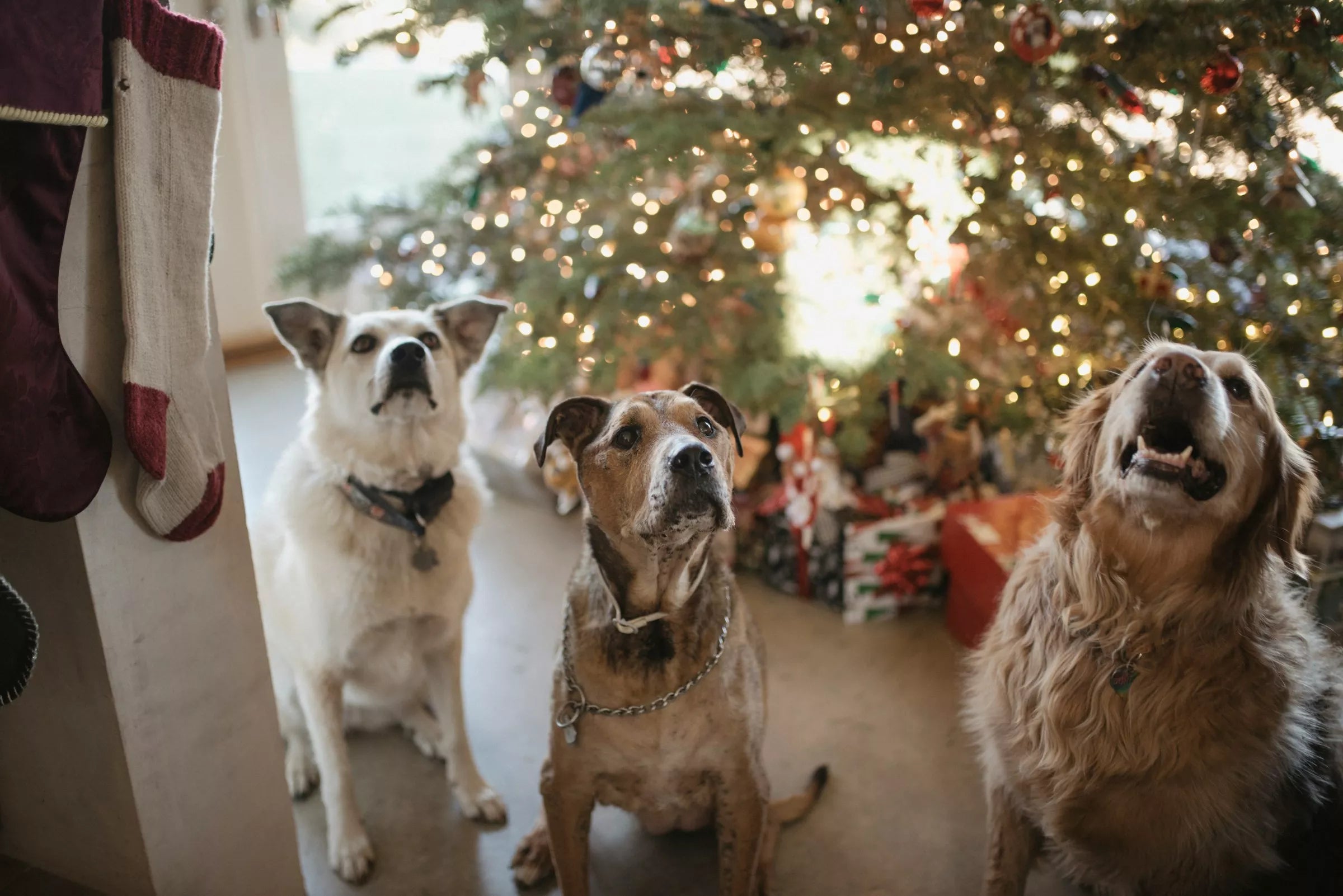
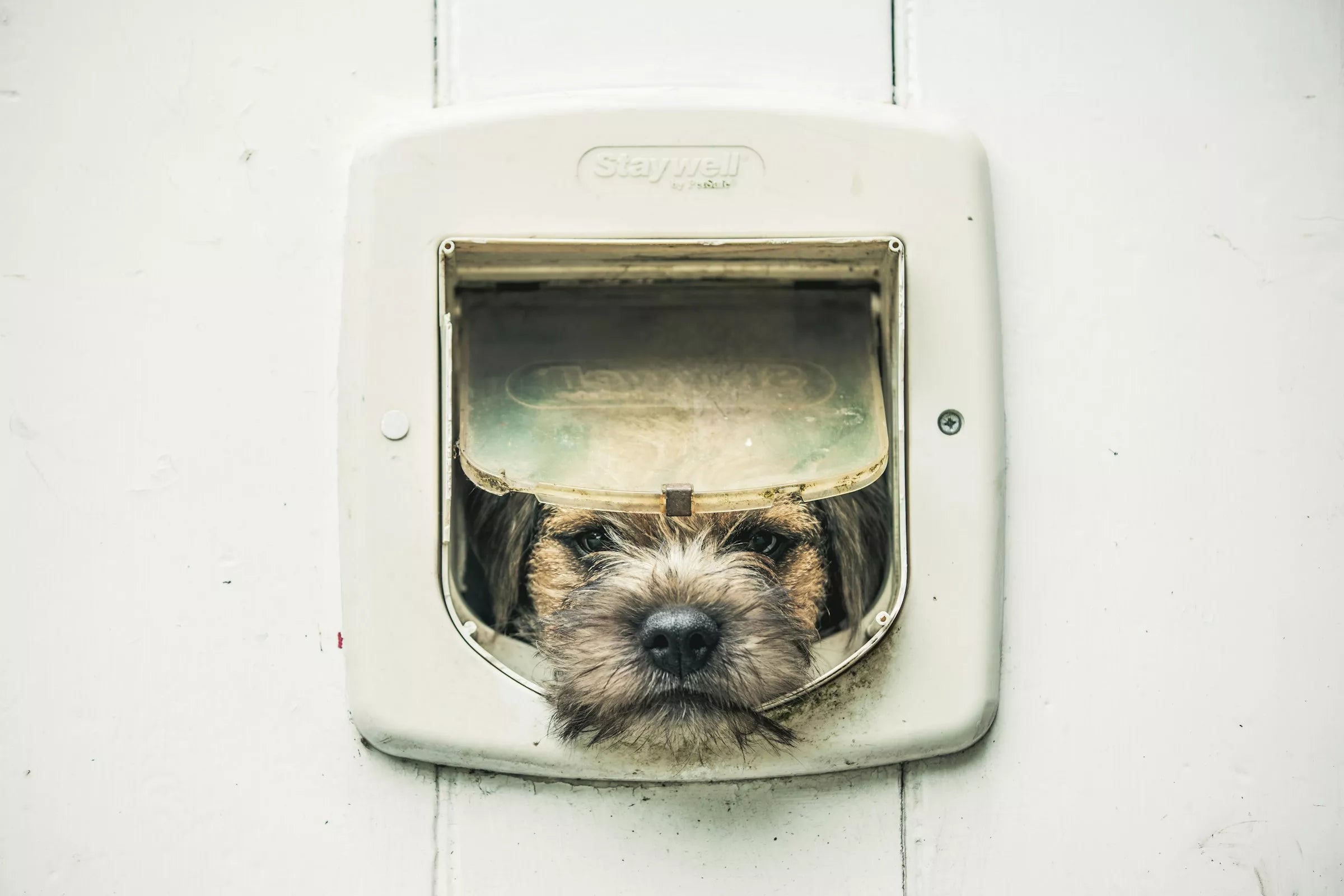
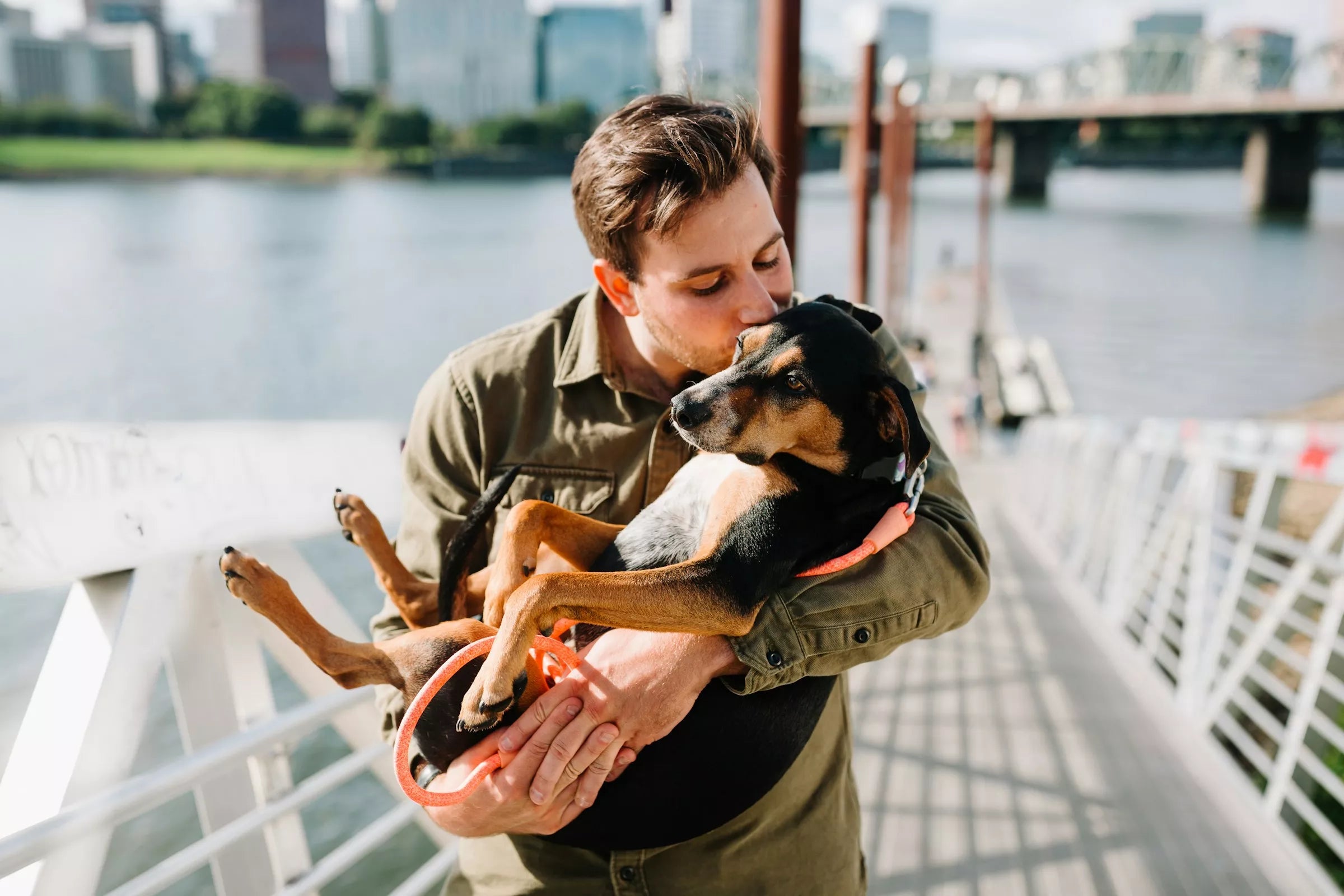






Share:
7 Dog Breeds That Are Hypoallergenic
5 Simple Tricks to Train Your Dog Faster